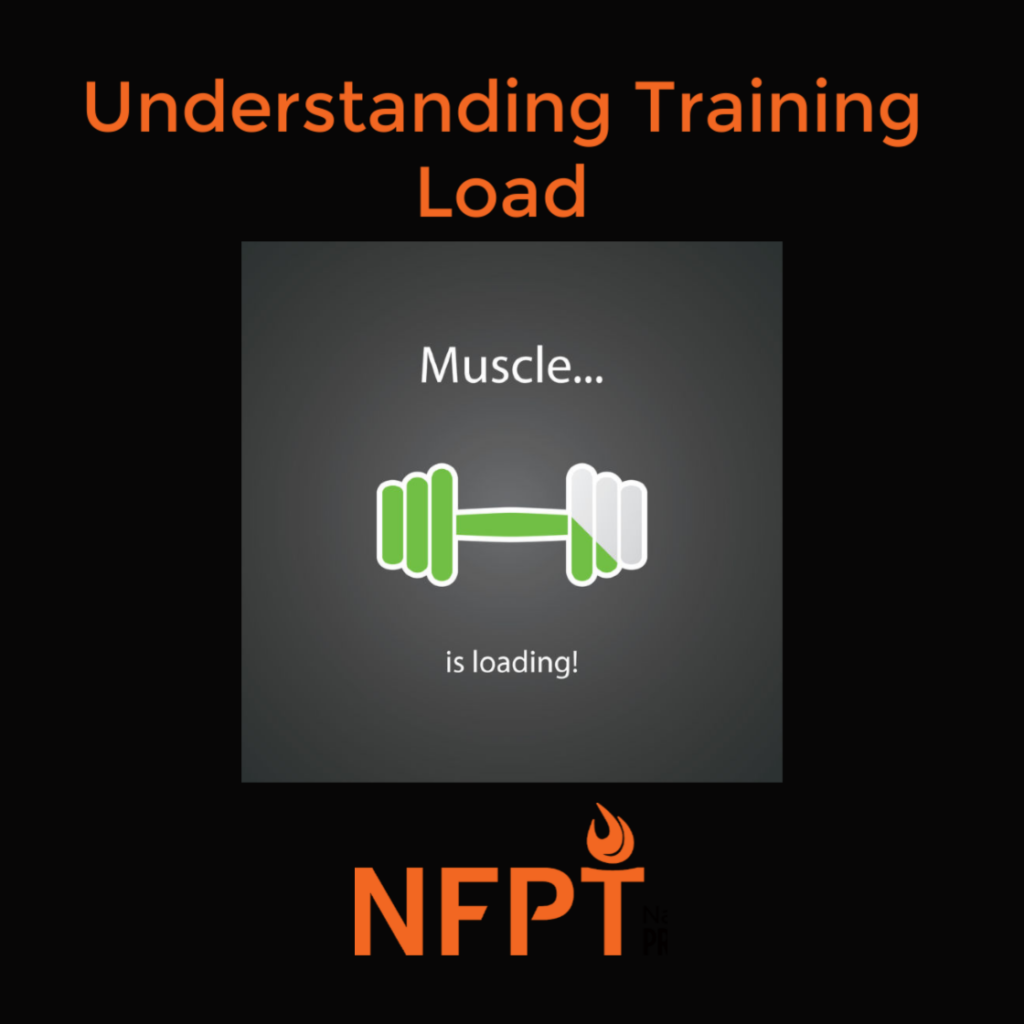When training an athlete toward peak/competitive performance whether post-rehabilitation or from current ability, training load must exceed capacity. With carefully planned increases in load, the athlete’s capacity tolerance improves. However, if the applied training load greatly exceeds capacity, or bumps it up too quickly, such a challenge to tissues invites the risk of injury. Read on for the answers to the following key issues:
- How can practitioners determine the definition of “too much training”?
- Following injury, how soon should training loads progress?
Identifying the 3 Key Concepts
When developing rehabilitation or performance programs, personal trainers must take into account three key parameters:
- the “floor”
- the “ceiling”
- time
The floor represents an athlete’s current capacity; the ceiling represents the workload needed for the athlete to move toward and execute sport-specific activities. Perhaps the biggest, most challenging variable in this equation hinges upon the time it may take to progress from current abilities to those required for excelling in performance.
If coaches impose unreasonable training loads, or progress the workload too aggressively, athletes often find themselves at increased risk of injury and underperformance. Since we know that different physical capacities will adapt at different rates, most trainers agree that gradual and measured increases in training load allow athletes to safely progress, thereby reducing injury risk and enhancing performance. Keeping this in mind, trainers, coaches, and physical therapists must carefully consider allocating sufficient time to transition from the “floor” (rehabilitation) to the “ceiling” (return to performance).
Knowing The Specifics of the Population
Personal trainers and/or coaches who work with a younger athletic demographic (under the age of 18) must consider the following when developing training programs:
(1) the effect of sport specialization on athletic development and injury
(2) biological maturity
(3) motor/coordination deficits in adolescents with special needs
(4) responses to workload progressions
Historically, prudent training programs designed for younger athletes have emphasized multisport participation rather than sport specialization, in order to optimize motor skill acquisition while minimizing injury risk. We can think of this as basic cross-training–skills that benefit the athlete across a wide range of endeavors. Sports medicine professionals, too, advocate progressive, gradual increases in workloads, citing this as the most optimal route toward fostering resilience to the demands of high-level competition.
Still, some training models prefer to emphasize the accumulation of sport- and skill-specific hours as they strive to turn out elite-level athletes. Despite recommendations against sport specialization, many eager budding athletes/coaches still choose this route, often neglecting to focus on basic training skills.
Does Excessive Training Help or Hinder?
Two schools of thought regarding training intensity often find themselves at odds when it comes to coaches and competitive athletics: does a higher training load exacerbate injury rates, or does training confer a protective effect against injury? Furthermore, does under-training elicit an uptick in injury risks?
In one study, athletes who engaged in 18+ weeks of training before the initial onset of an injury saw a reduced risk of subsequent problems. However, those with high chronic intense training protocols seemed to present with an even smaller risk of injury.
Regardless of the sport, coaches seem able to draw a direct relationship between well-honed skills and injury reduction. In order to cultivate the physical qualities needed to provide this protective effect, however, athletes must engage in rigorous training. This forms the basis of what professionals call The Paradox of Training and Injury Prevention, a concept with which trainers and coaches constantly struggle.
Can The Paradox Work Favorably?
The paradox forms its basis on evidence that injuries are not caused by overtraining but more likely by an inappropriate training program. Coaches often witness a phenomenon whereby athletes accustomed to high training loads suffer fewer injuries than athletes training at lower workloads. They note that excessive and rapid increases in training loads typically cause the majority of soft-tissue injuries.
As an important determinant of injury, assessing training loads carefully and frequently (measured up to twice daily and over periods of weeks and months, or throughout a sports season) makes prudent sense. Training protocols aside, coaches would do well to fully understand the limitations of the younger athletes with whom they work. Load-sensitive athletes – those with multiple risk factors – benefit most from frequent monitoring, and a program designed to restore local tissue strength for sport-specific capacity.
Load-naive athletes – younger adolescents with potentially weaker or “immature” bone structures – develop best with monitoring as well as a cautionary eye on competitive events. Load-tolerant athletes may only need occasional monitoring, and can handle a somewhat swifter progression to optimum loads.
Final Thoughts
The appropriately graded prescription of high training loads should theoretically improve an athlete’s overall level of fitness, which in turn may confer protection against injury. Over time, this may ultimately lead to greater physical resilience in competition.
The first important step, developing the training program, requires the practitioner to cultivate a strategy based on available evidence, professional knowledge, and experience. For decades, exercise strategies have been based on the fundamental training principles of overload and progression. Training-load monitoring allows the practitioner to determine whether athletes have completed training as planned, and how they have coped with the physical stress.
Some professionals discount training load as a means of quantitatively indicating whether particular load progressions will increase or decrease the injury risk. They argue that insufficient evidence exists to support the use of training load data to manipulate future training with the purpose of preventing injury. If we choose to accept this point of view, have we heretofore relied upon too simplistic of a solution? Need we embrace the risks and uncertainty inherent in any training protocol, and accept the inevitable appearance of athletic injuries?
These issues demand our attention, regardless of the age demographic we train. Careful consideration, planning and strategic execution of training programs will reveal the most appropriate paths for our clients.
[sc name=”resistance” ][/sc]
References
https://pubmed.ncbi.nlm.nih.gov/31726926/
https://pubmed.ncbi.nlm.nih.gov/34763556/
https://pubmed.ncbi.nlm.nih.gov/32991701/
https://pubmed.ncbi.nlm.nih.gov/33400216/
https://bjsm.bmj.com/content/50/5/273
http://marciofariacorrea.com/wp-content/uploads/2020/05/gabbett2018.pdf
https://meridian.allenpress.com/jat/article/55/9/893/444129/Training-Load-and-Its-Role-in-Injury-Prevention
https://journals.lww.com/acsm-csmr/fulltext/2019/04000/load,_overload,_and_recovery_in_the_athlete_.12.aspx
https://www.relentlessathleticsllc.com/education/a-balancing-act-managing-training-loads-for-higher-performance-amp-decreased-injury-risks
https://www.thieme-connect.com/products/ejournals/pdf/10.1055/a-1268-8791.pdf



